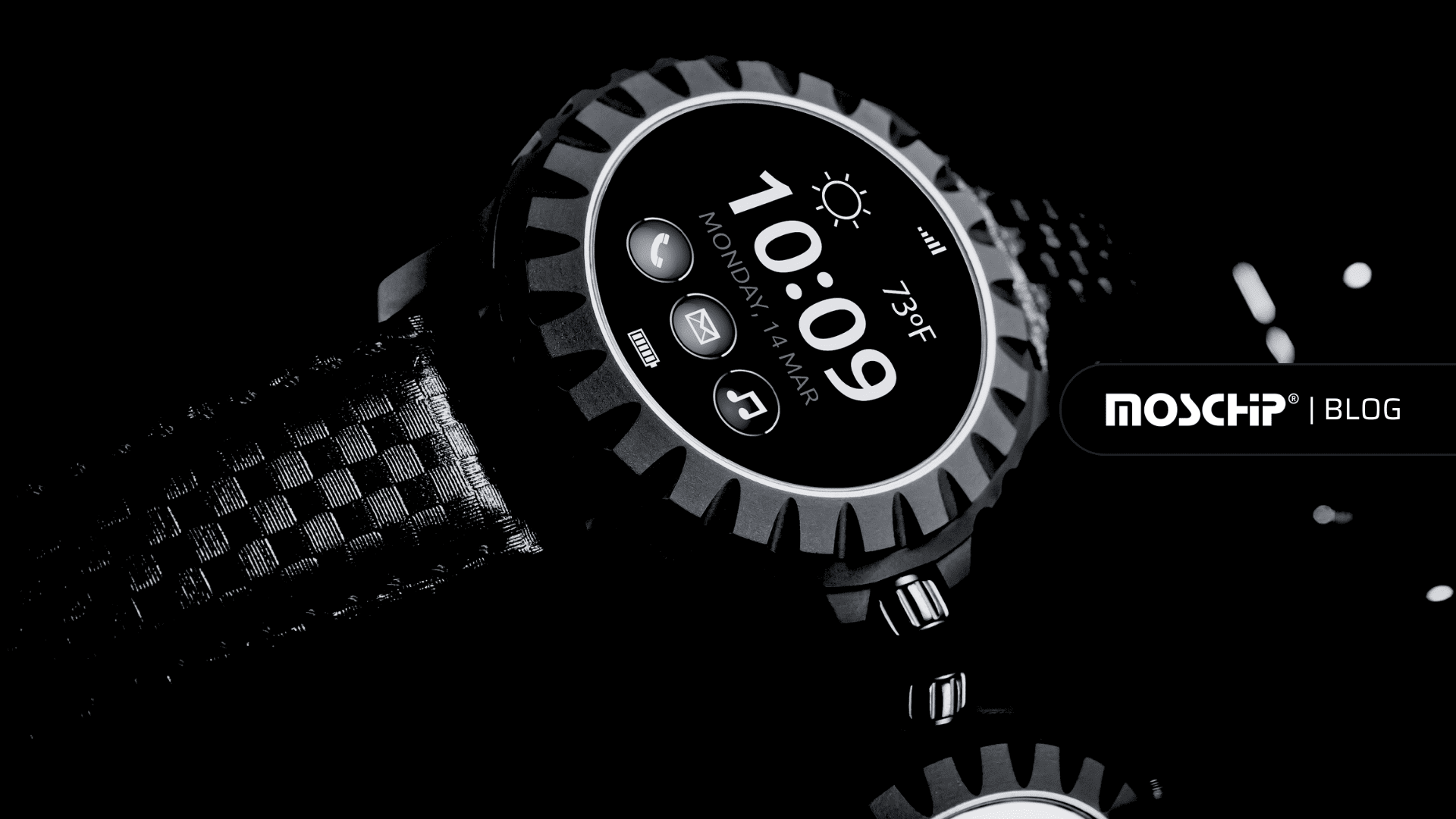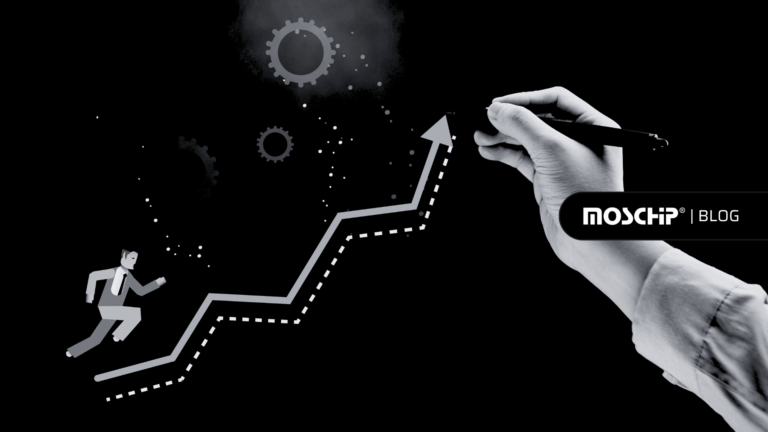The Growing Role of Wearables in Healthcare’s New Normal
Wearables are carving their place in the mainstream, with consumer use of these hi-tech devices increasing from just 9% in 2014 to 33% in 2018. Designed to gather personal health data, wearables have unsurprisingly become an integral part of the healthcare industry too, where they can potentially help doctors save 15 hours a week in consultations (provided every patient is wearing a wearable) and improve diagnosis by presenting patient information in real-time.
Wearable technology is even advancing at an unprecedented pace, and already there are now wearable electrocardiogram monitors, like Withings’s Move ECG, and wearable blood pressure monitors, such as Omron Healthcare’s HeartGuide. There is even the looming intersection between wearables and the Internet of Things (IoT), which was discussed in our previous post on the future of wearable tech. Before long, IoT-enabled wearables will transform the industry as they can help automate many tasks to ensure faster and more effective treatments for patients
These advancements underscore the growing role of wearables in the world of healthcare, more so as it starts to transition to the new normal. But what is this role, and why is it getting bigger during this pandemic?
The role of wearables in healthcare is to seamlessly and remotely gather health-related information from patients, including blood pressure, heart rate, body temperature, and blood oxygen levels. Medical professionals can then use them to diagnose patients and give them the required treatments. This alone makes wearables crucial to the future of healthcare, with both patients and medical professionals benefitting immensely through more reliable diagnosis and near real-time information tracking.
In this pandemic, healthcare professionals are using not only the data collection capabilities of wearables but also their data transmission capabilities. The result is remote patient monitoring (RPM), a system in which technologies such as wearables collect health data from patients in one location, then transmit them electronically to healthcare providers in a different location. RPM is particularly vital at this time, as it can be used to help healthcare professionals in their fight against COVID-19.
The track and transmit capabilities wearables afford clinicians are a way to glean real-time insights about a patient’s condition without face-to-face interaction. This, therefore, reduces exposure to the virus on the part of healthcare professionals ensuring their safety. Wearables also allow healthcare providers to continue monitoring patients even after they are discharged. This is critical for COVID-19 patients, who need to stay extra vigilant even after beating the coronavirus because it can cause long-term heart and lung damage.
Indeed, a more technology-driven healthcare management system has become the goal for hospitals around the world. The 17-hospital Hackensack Meridian Health Systems, for instance, launched in July a telehealth program aided by smart clothing, a sensor-embedded wearable undergarment that monitors a patient’s physiological data for contactless monitoring. This is tantamount to a paradigm shift and is necessitating the need for more tech-savvy healthcare managers given how this technology-based system is being integrated from the get-go.
Unsurprisingly universities are now expanding their curricula to keep abreast of these emerging trends, in particular, what is taught at a management level. This increasing demand, with the need for more managers, predicted to be at 18% by 2028, has also changed how tomorrow’s healthcare managers are studying today. Many reputable healthcare courses can now be done online, which is an indication of how the overall industry is much more digitally orientated. More individuals are taking an online healthcare management degree that is catered towards developing graduates who can identify the right tech solutions for different practices. With remote habits already being formed during their training, this will help with the growing demand for technology in healthcare, such as the growing implementation of wearables.
At the moment, RPM looks promising, with 13% of organizations implementing RPM reporting improved medical compliance, according to a recent survey by Klas Research. Another 13% said the system improved patient health, while 25% reported greater satisfaction and 17% cited cost reductions. With these positive outcomes, it’s clear that RPM — and, by extension, wearables — are now a big part of healthcare.
Connect with MosChip:
Image Credit: Freepik
Author: Rachel Jasmine, Contributor for MosChip.








